

Black soldier fly frass concentration in growing media is inversely correlated with seedling growth.
Sustainable Agriculture Student Research Project
Dose Response of Basil and Kale Seedlings to Black Soldier Fly Frass in Growing MediaOliver Rondou, Department of Sustainable Agriculture and Food Systems, 2023 |
Introduction
- Black soldier fly (Hermetia illucens) larvae are a low input, high protein insect that is easy to cultivate.
- Black soldier flies are found in many areas of the world, but not typically cultivated.
- Black soldier fly excrement (frass) has a high nitrogen content, and may be a useful fertilizer for seedling production.
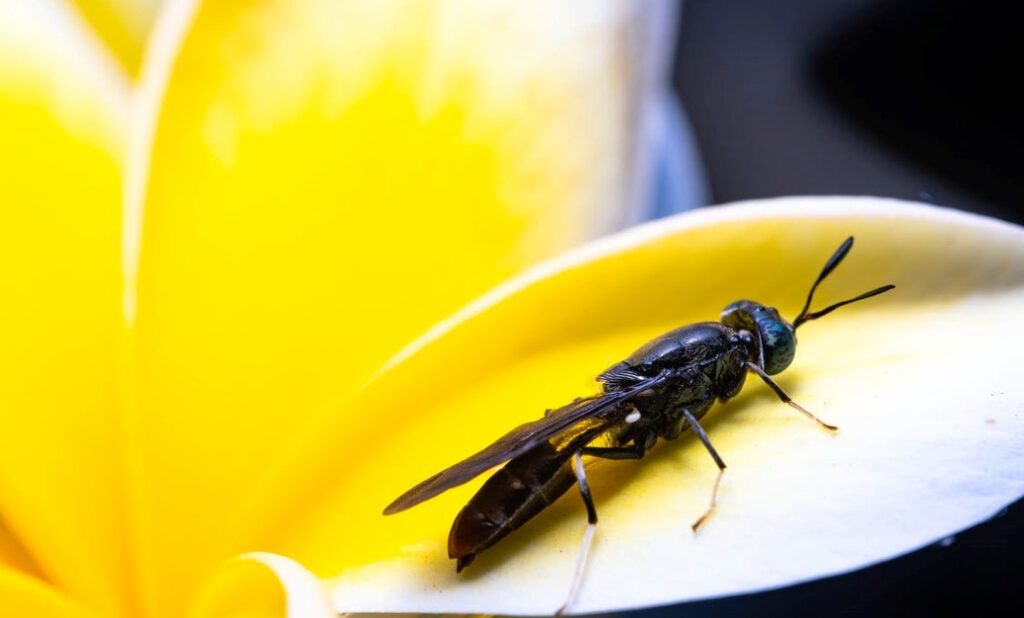
Figure 1. Black soldier fly on flower petal.
Objectives
- Determine if black soldier fly frass concentration in growing media influences seedling height.
- Determine if kale and basil seedlings respond differently to black soldier fly frass in growing media.
Methods
- Experiment Location: Passive solar dome greenhouse at KPU Farm
- Experimental Design: Completely Randomized Factorial Design with two factors and six replicates (72 experimental units, Figs. 2, 3)
- Crop factor: Kale or basil
- Frass concentration factor: 0, 10, 20, 30, 40, or 50% of growing medium
- Experimental unit: Single cell in a 72-cell plastic seedling tray
- Irrigation: Daily with watering wand, as needed
- Dependent variable: Seedling height after three weeks
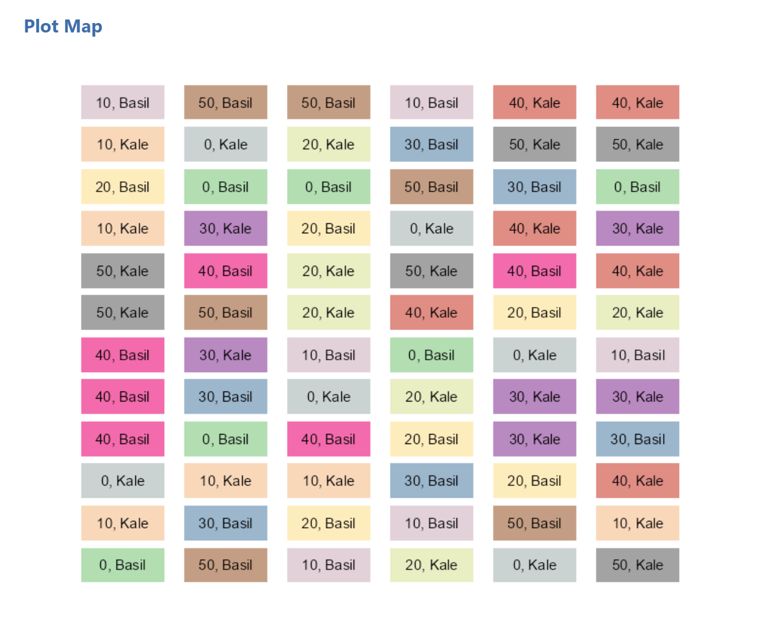
Figure 2. Randomization scheme for a 72-cell seedling tray. Crop name in each cell is preceded by black soldier fly frass concentration (%) in growing medium.
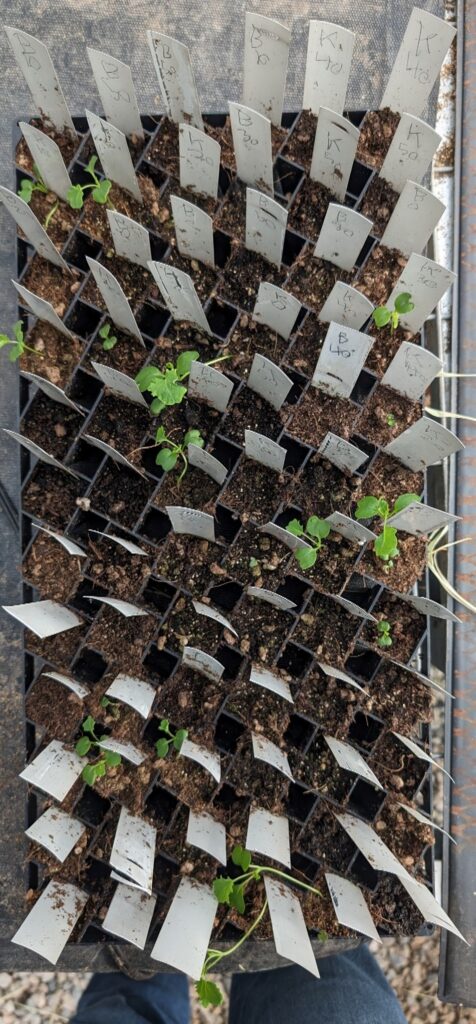
Figure 3. Seedling tray with growing seedlings, corresponding to randomization in Fig. 2.
Results
- A clear negative relationship was observed between frass concentration and seedling height (Fig. 4).
- Frass concentration accounted for 15% of the variation in seedling height.
- Kale and basil showed similar height trend in relation to frass concentration.
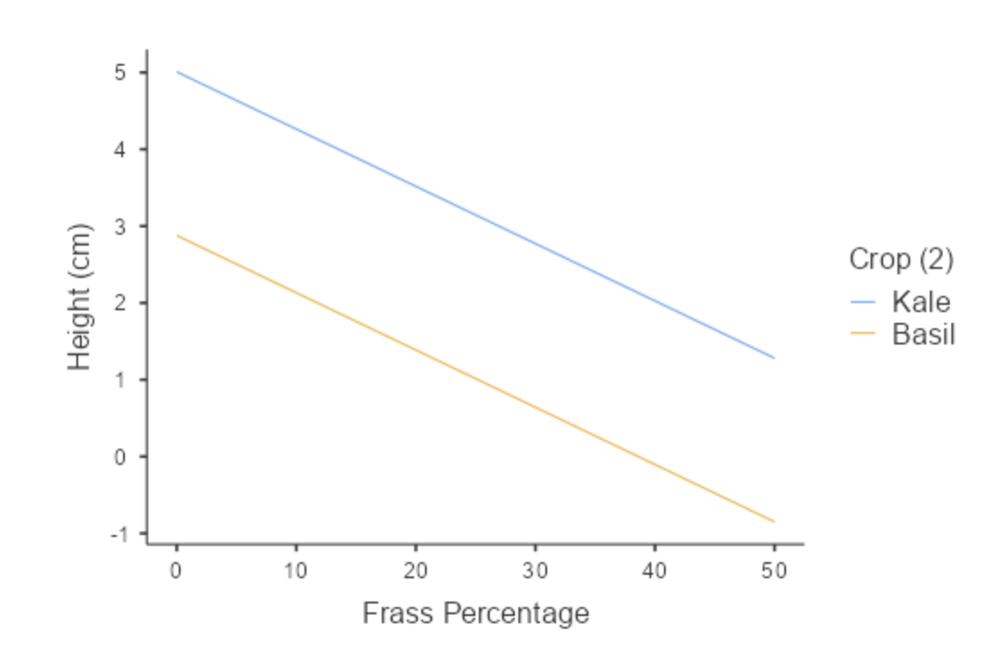
Figure 4. Kale and basil seedling height (cm) by black solder fly frass concentration (%) in growing media. Height was measured three weeks after seeding.
Discussion
- The reduction in seedling germination and growth associated with increasing concentration of black soldier fly frass could be due to nitrogen toxicity or high salinity of the frass.
- Further research is needed on using black soldier fly frass as a fertilizer for seedling production.
Acknowledgments
This experiment is quite different from the experiment that I originally proposed, to rear black soldier flies attracted to farm and household waste in Ghana. A combination of weather and health-related complications forced the early termination of the original experiment.
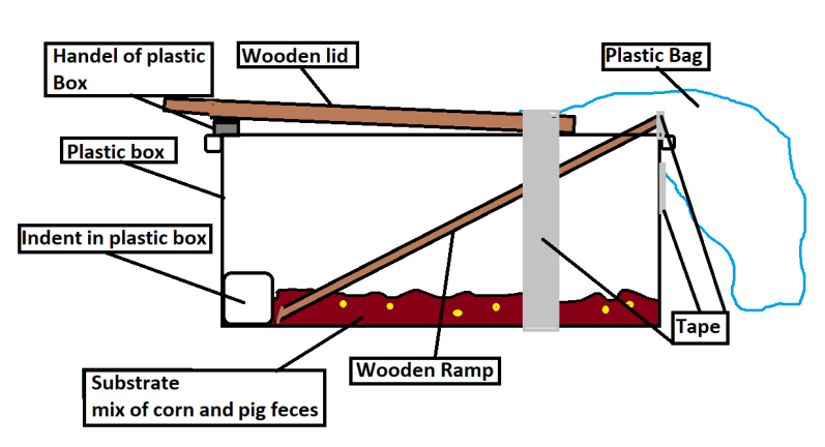
Figure 5. Original design for chambers intended to attract black soldier fly adults for rearing in Ghana.
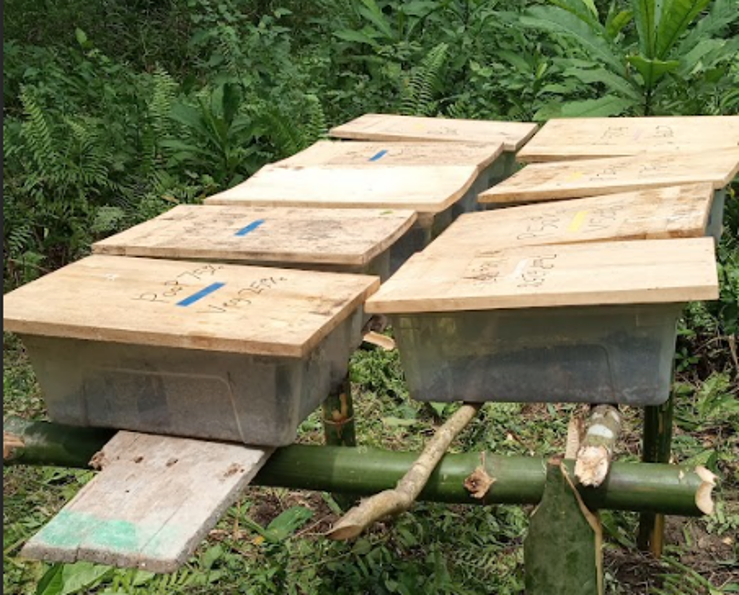
Figure 6. Experimental black soldier fly rearing chambers in Ghana.
- Huge thanks to the Staff at the Ho Teaching Hospital, Ben Saccone and the Ghana Reddit Community for saving my life.
- Thank you to Dr. Mike Bomford and all the faculty at the KPU Sustainable Agriculture department for supporting me.
- Thanks to EBJ and all my Ghanaian family for providing me with support and a location to conduct my research.
- Thanks to Albert for guiding me on the ground and supporting my experiment in time of turbulence.